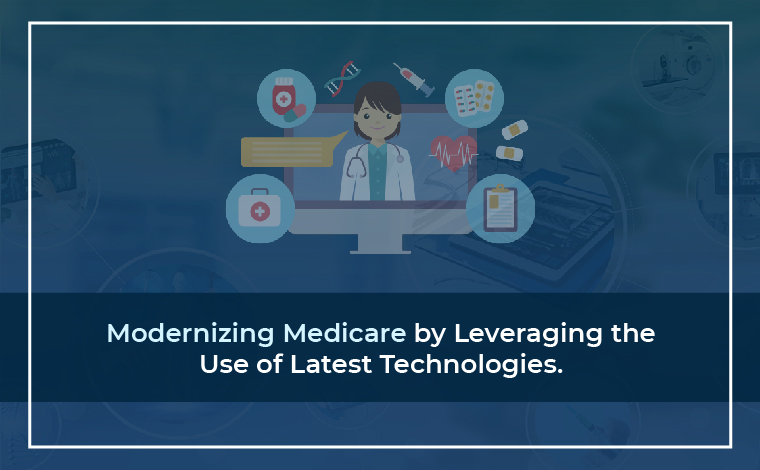


Many seniors opting to age in place and enjoying financial stability often have “smart” homes equipped with advanced technologies to help maintain their independence. Family caregivers feel more assured in their daily routines, knowing they can remotely check in on their loved ones, who have access to various controls to monitor their living environment.
In some cases, seniors are being directly monitored by healthcare professionals who can track vital signs and identify any potential health risks. The competitive market has driven down the costs of many healthcare devices, prompting Medicare to adapt and recognize these products as reimbursable medical expenses.
The healthcare purchasing landscape has become increasingly intricate, ranging from basic products like bandages and stretchers to sophisticated AI solutions. As acute care environments evolve toward integrated, tech-driven solutions, healthcare facilities are making remarkable strides toward achieving what is known as the “quadruple aim”: delivering higher quality patient care, reducing costs for patients and providers alike, enhancing patient satisfaction, and improving the overall experience for care providers.
Technological trends are reshaping the decisions of hospital management systems, while broader environmental trends influence their purchasing strategies. With the growing shortage of personal care workers, remote monitoring is poised to become a staple for elderly individuals facing serious health challenges.
➝ How is technology enhancing healthcare?
Increasingly, healthcare organizations around the globe are recognizing the need to treat innovative tools as strategic assets rather than mere utilities. Many are working to bridge the gap between legacy IT systems and modern solutions, with a focus on leveraging artificial intelligence in healthcare.
One major healthcare technology firm is looking for ways to preserve its existing IT infrastructure while safely extracting valuable business insights from the data it collects through analytics. Similarly, a prominent pharmaceutical company is exploring cloud platforms to reduce data storage and processing expenses while accelerating its research and development efforts.
Digital platforms have transformed communication within the healthcare sector, enabling physicians to connect and share information like never before. New applications have emerged, allowing clinicians to share their latest findings and initiate conversations directly from their mobile devices, significantly reducing communication time with colleagues.
A growing number of companies are stepping up to provide patient care through automation. One notable advancement is the use of smartphone devices for monitoring vital test levels, such as blood sugar or heart rate. Additionally, voice-assisted technology can now remind patients about their medications.
The concept behind the medical screening chair is straightforward: it’s an in-home chair that measures all of a patient’s essential vitals and transmits the data to a physician. This innovation allows patients to receive regular basic check-ups from the comfort of their homes, and as developers find ways to lower production costs, this technology is expected to gain wider acceptance.
Thanks to technological advancements, medical procedures have become safer. Innovations like laser treatments are making procedures less invasive, and recovery times have significantly decreased—from weeks down to just a few days in some cases.
Current breakthroughs include surgical robots and nano-devices. Utilizing virtual assistance, doctors have improved precision and gained access to hard-to-reach areas in the body.
Final Words
SimboAI is poised to revolutionize the healthcare landscape. This innovative nano-robot can navigate through bodily fluids, including bloodstreams and the surface of the eye. Over time, Simbo is set to integrate the virtual healthcare process into everyday clinical practices, complete with voice-assisted capabilities for doctors.